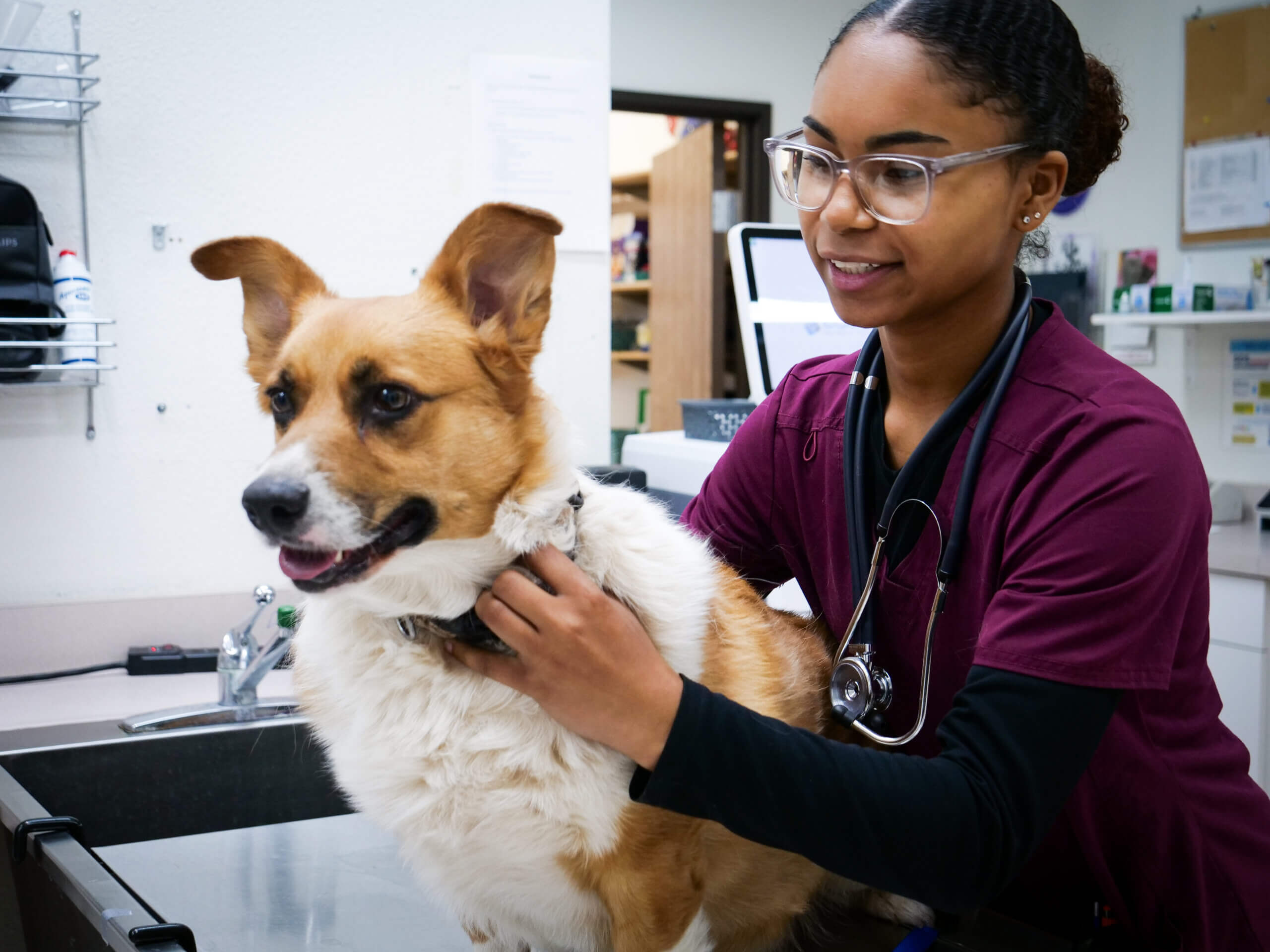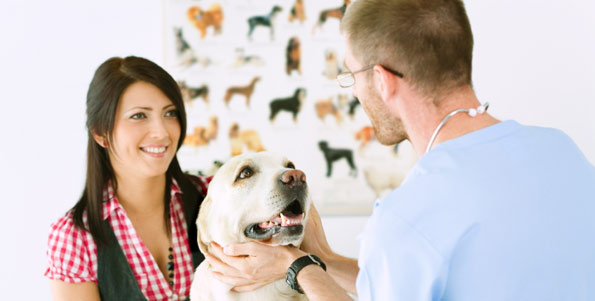What to Expect From Your Visit to animal emergency care bellingham — A Pet Owner’s Guide
What to Expect From Your Visit to animal emergency care bellingham — A Pet Owner’s Guide
Blog Article
All Regarding Vet Surgical Procedure: Understanding the Significance of Professional Care for Your Family pets
Veterinary surgical procedure is a critical element of pet dog health care. It includes numerous procedures, from routine optional surgeries to urgent interventions. Recognizing the complexities of these surgeries can help animal proprietors make notified decisions. The preparation, execution, and recuperation phases are necessary for guaranteeing the well-being of animals. With proper understanding, proprietors can browse the complexities of veterinary care. What aspects should be thought about prior to an animal goes through surgical procedure?
Kinds Of Veterinarian Surgeries
When a pet needs medical intervention, recognizing the various kinds of vet surgeries can aid animal proprietors make educated choices. Vet surgical treatments can be broadly classified into 3 primary kinds: elective, urgent, and emergency surgical treatments. Elective surgical procedures, such as spaying or neutering, are prepared treatments that are not instantly life-threatening. Immediate surgical treatments, like those for international body removal, must be carried out quickly but are not serious in the moment. Emergency situation surgical procedures, such as those attending to serious trauma or interior blood loss, are critical and call for prompt attention.Additionally, surgical treatments can differ in intricacy, varying from minimally intrusive laparoscopic procedures to a lot more considerable open surgeries. Each kind of surgical treatment carries its own risks and recovery processes. Understanding these groups permits pet dog proprietors to participate in meaningful discussions with vets, causing better outcomes for their cherished pets.
Planning for Your Pet dog's Surgery
Getting ready for a family pet's surgery involves an extensive list to assure all essentials are covered. Efficient interaction with the vet is vital for understanding the procedure and any necessary pre-operative actions - canine tplo surgery. Additionally, having clear post-operative treatment instructions will help proprietors supply the very best assistance for their recouping pet dogs
Pre-Surgery Checklist Basics
Guaranteeing a smooth medical experience for a pet dog needs careful preparation and focus to information. A pre-surgery list is essential for animal proprietors to follow. First, verifying the scheduled surgical treatment day and time is important. Proprietors must additionally verify that their family pet has actually not eaten according to the vet's directions, usually for 8-12 hours prior to surgical treatment. Collecting necessary clinical records, including inoculation history, is necessary for the veterinarian's evaluation. It is additionally a good idea to prepare a comfy room at home for the pet dog's recuperation after surgery. Ultimately, owners must have a prepare for transportation to and from the veterinary clinic, seeing to it that the pet dog is secure and comfy throughout the journey. Following these steps can significantly enhance the surgical experience.
Connecting With Your Vet

Efficient communication with the vet is essential for a successful surgical experience for pet dogs. Owners need to be prepared to review their animal's case history, consisting of any type of pre-existing problems, medications, and allergies. This info helps the vet assess risks and tailor the surgical plan as necessary. In addition, animal proprietors need to ask questions relating to the treatment, anesthesia, and expected end results to guarantee they completely recognize the procedure. Clarifying any type of questions can reduce stress and anxiety for both the family pet and the proprietor. It is likewise essential to communicate any kind of behavioral changes or problems observed in the family pet leading up to the surgical treatment. Ultimately, clear discussion promotes trust and partnership, guaranteeing that family pets receive the very best feasible care during their surgical trip.
Post-Operative Treatment Directions
After going over the operation with the vet, animal owners must concentrate on post-operative treatment directions to help with a smooth healing for their family pets. These directions normally include monitoring the medical site for signs of infection, such as redness or discharge. Family pets might require to be kept one's cool and confined to avoid extreme movement that might disrupt recovery. Pain administration is essential, so proprietors need to adhere to the vet's guidance on providing medicines. Additionally, nutritional limitations may be advised to avoid intestinal trouble. Regular follow-up appointments are very important to guarantee correct healing and resolve any kind of issues. By adhering to these post-operative care guidelines, pet dog owners can considerably add to their pet's recuperation and overall wellness.
The Surgery Explained
The surgical process for pet dogs includes essential steps that assure their safety and recuperation. Pre-surgery preparations are essential for reducing dangers, while post-operative treatment guidelines play a vital role in advertising healing. Comprehending these parts helps family pet owners browse the medical experience more successfully.
Pre-Surgery Preparations
Prior to an animal undertakes surgery, several important preparations must happen to ensure a risk-free and successful treatment. A detailed veterinary evaluation is essential to assess the animal's general health and wellness and recognize any kind of prospective dangers. This may include blood examinations, imaging, or other diagnostics. The vet will certainly also discuss anesthetic alternatives customized to the animal's details needs. Furthermore, animal owners are generally advised to keep food and water for a specified time before surgical procedure to decrease the danger of problems throughout anesthetic. It is essential for proprietors to supply a full clinical background, including any type of medicines or allergic reactions, ensuring the medical team has all essential information. Proper interaction and adherence to pre-surgery guidelines can considerably boost the end result of the procedure.
Post-Operative Care Guidelines
Appropriate post-operative care is necessary for guaranteeing a family pet's recuperation complying with surgical treatment. After the treatment, animals need to be kept track of very closely for any signs of complications, such as extreme bleeding, swelling, or unusual behavior. It is crucial to follow the vet's instructions relating to medications, consisting of painkiller and prescription antibiotics. Pets ought to be maintained in a silent, comfortable setting to reduce anxiety and promote recovery. Limiting task is essential; short, leashed strolls might be necessary, however leaping or running ought to be stayed clear of. Routine follow-up consultations should be scheduled to analyze the recovery procedure. Furthermore, the surgical website needs to be kept tidy and dry, with any type of indicators of infection reported to a vet without delay. Sticking to these guidelines improves recovery end results.
Anesthesia and Discomfort Administration
Efficient anesthesia and pain management are crucial components of vet surgical treatment, making certain that pets remain comfy and secure throughout the procedure. Vets examine each family pet's specific demands, taking into consideration variables such as age, weight, health standing, and the sort of surgery being performed.Anesthesia protocols generally include a combination of pre-anesthetic medications, induction agents, and inhalant anesthetics, enabling precise control over the animal's degree of consciousness. Tracking throughout surgical procedure is critical; vets continuously observe crucial indicators to resolve any kind of possible problems promptly.Pain management methods may entail opioids, Get More Info non-steroidal anti-inflammatory medicines (NSAIDs), and regional anesthetics, tailored to the pet's particular situation. This diverse strategy helps reduce discomfort and advertises a smoother surgical experience. By prioritizing effective anesthetic and discomfort administration, vet professionals boost the total welfare of pet dogs undertaking operations, guaranteeing they receive the highest possible standard of care.
Post-Operative Treatment and Recovery
Following surgery, the emphasis shifts to post-operative treatment and recovery, which is crucial for making sure a pet's safe go back to normal activities. During this period, animals require a silent, comfy atmosphere to aid recovery. Owners should carefully check their pet dogs for any indications of pain or uncommon behavior.Veterinary standards usually include specific instructions associated with medicine administration, injury treatment, and nutritional changes. It is essential to comply with these referrals to minimize issues and promote healing. Pet dogs might need to be restricted from vigorous tasks, such as running or leaping, during their recovery period (24 hour vet near me).Regular follow-up consultations with the veterinarian permit monitoring of the pet's progression and prompt changes to the treatment plan. Supplying psychological assistance and companionship can additionally enhance an animal's recovery experience, helping to alleviate stress and anxiousness. Overall, diligent post-operative treatment plays a substantial function in achieving a successful recovery
Acknowledging Problems After Surgical Treatment
Exactly how can animal owners recognize problems after surgical treatment? Awareness of details indicators is crucial for guaranteeing the health of family pets throughout recuperation. Typical indicators consist of too much swelling, redness, or discharge at the surgical site, which may indicate infection. In addition, relentless discomfort, shown by whining or hesitation to move, must motivate immediate attention. Adjustments in hunger or water consumption can likewise suggest problems; a decline in these behaviors might signal pain or distress.Moreover, animal owners must monitor their family pets for any type of unusual habits, such as sleepiness or difficulty breathing, as these can be indications of major issues. Vomiting or looseness of the bowels complying with surgical procedure may require immediate vet click site analysis. Identifying these complications early can greatly impact an animal's healing procedure, highlighting the value of vigilance and timely communication with a vet for any kind of concerning signs and symptoms.
The Function of Veterinary Experts in Surgical Treatment
Veterinary specialists play an essential role in ensuring the security and success of operations for animals, particularly following surgical treatment when checking and care are vital. These specialists include veterinarians, veterinary professionals, and support personnel, all of whom add specialized abilities to the medical process.Before surgical treatment, vets conduct extensive analyses to assess the family pet's health, guaranteeing that any hidden conditions are managed. Throughout the treatment, the surgical team provides anesthetic, preserves sterilized environments, and keeps track of vital indications, all essential for lessening risks.Post-operative care is just as significant; vet specialists observe for difficulties, take care of discomfort, and overview owners on recovery practices. Their experience allows them to acknowledge early signs of distress or infection, ensuring timely treatment. Eventually, the collaborative initiatives of veterinary experts in medical treatment foster a secure environment, promoting the health of animals throughout the surgical trip.

Frequently Asked Questions
Just how Do I Select the Right Vet Specialist for My Family pet?
Choosing the appropriate veterinary doctor includes researching qualifications, checking out reviews, and assessing the center's environment. It is necessary to assess the cosmetic surgeon's experience with certain procedures and their communication design when animal spay making a choice.
What Are Common Misconceptions Concerning Vet Surgeries?
Typical misconceptions regarding vet surgeries include ideas that they are constantly risky, unnecessary, or for emergency situations. Many family pet owners underestimate the benefits of preventive procedures and the ability involved in veterinary surgical care.
Just How Much Will My Pet's Surgical procedure Cost?
The price of an animal's surgical procedure can differ considerably based on variables such as the type of procedure, the veterinarian's experience, and geographical place (veterinary cardiologist near me). Usually, costs range from a few hundred to numerous thousand dollars

Can My Family Pet Eat Before Surgical Procedure?
Before surgical treatment, it is typically advised that pets refrain from eating for a specific duration. This fasting assists reduce the risk of complications during anesthetic. Proprietors must consult their vet for exact directions tailored to their pet dog's demands.
What happens if My Pet Dog Has Pre-Existing Health And Wellness Issues?
When a pet dog has pre-existing health problems, it's vital for the vet to evaluate these factors prior to surgical treatment. This evaluation assurances appropriate preventative measures are taken, reducing risks and enhancing the pet's general safety throughout the procedure.
Report this page